
3 Best Lapis Lazuli Jewelry Packaging Solutions for Luxury Brands
2025-04-24
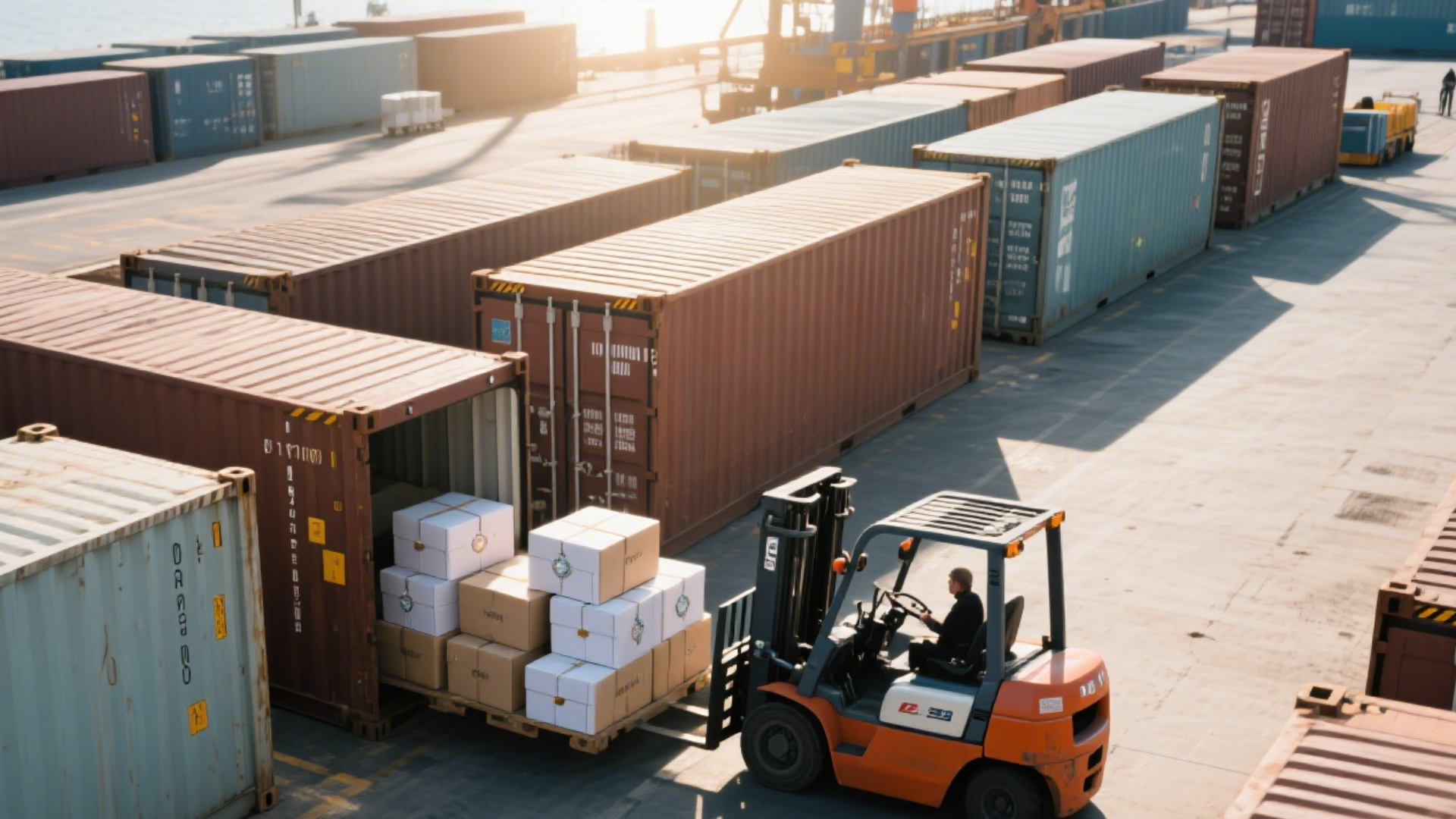
Successfully importing jewelry packaging to create a predictable, profitable, and worry-free supply chain is achieved by choosing one strategic partner to manage the entire end-to-end process. This “one-stop-shop” approach consolidates risk management, quality control, and logistics into a single, accountable system. This guide unpacks the framework for selecting this partner and navigating the complexities of global sourcing effectively.

Are you worried that cross-border order delays will miss sales seasons, or that inconsistent quality will damage your brand? You’re not alone. In fact, recent industry reports show that nearly 80% of all organizations have faced at least one supply chain disruption in the last year. In this article, drawing on 15 years of industry experience, we will unpack this framework step-by-step to help you build a truly “set-and-forget” supply chain. At Richpack, we’ve spent the past 15+ years helping jewelry businesses across the globe build supply chains that are reliable, cost-efficient, and scalable — from design to doorstep.

Before initiating any part of the process, selecting a reliable jewelry packaging supplier is the fundamental first step to ensuring your project’s success. Defining your needs and understanding risks are key to a reliable jewelry packaging supply chain. A detailed approach helps you tackle the complexities of importing jewelry packaging.
Before finding a supplier, you must clarify your needs. Consider several important factors that affect your business.
| Requirement | Description | Importance Level |
| Budget | Financial limits for packaging procurement | High |
| Material Preferences | Type, texture, and sustainability of materials | Medium |
| Quality Standards | Appearance, strength, and finishing expectations | High |
| Quantity Requirements | Order volume and frequency | High |
| Customization Needs | Branding, printing, and unique construction | Medium |
| Delivery Timeline | End-to-end timeline including logistics | High |
| Regulatory Compliance | Safety, labeling, or import restrictions | High |
Importing jewelry packaging has its challenges. Knowing these risks helps you prepare and avoid them.
The five most common pitfalls in the import process include:
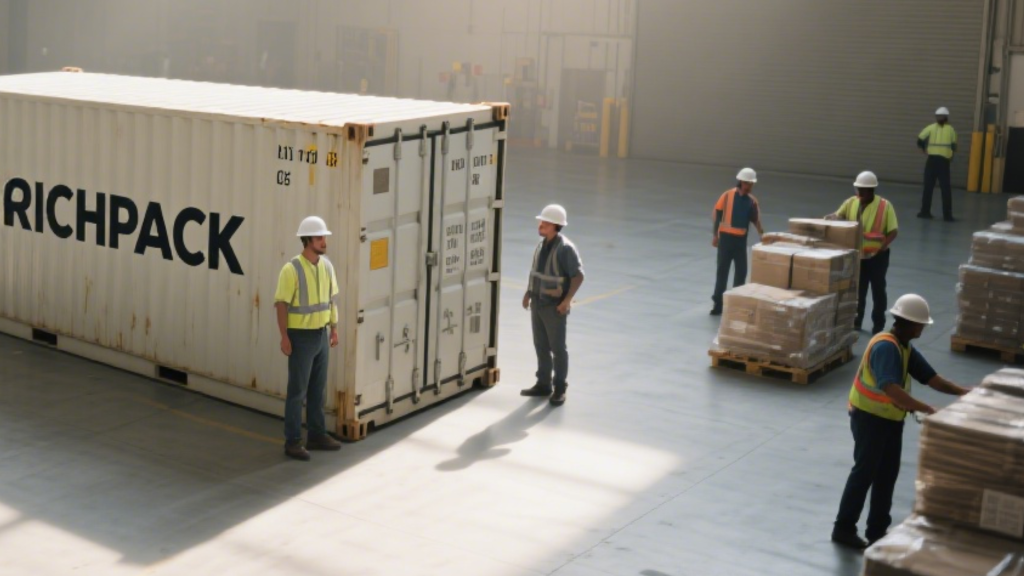
By knowing these risks and taking steps to avoid them, you can make your supply chain stronger and more efficient.
A strategic framework is only as strong as its compliance with the law. Navigating U.S. Customs can be complex, and a failure to meet requirements can result in costly delays, fines, or even seizure of your goods. Here are the critical compliance areas you must address.
According to U.S. Customs and Border Protection, your jewelry packaging, like the jewelry itself, must be legibly and permanently marked with its country of origin (e.g., “Made in China”). This marking needs to be in a conspicuous place. Failure to comply can lead to the shipment being rejected at the border. An experienced supplier will ensure this is correctly integrated into your design and production process.
Import duties and taxes may apply to your shipment depending on its declared value and the materials used.
It is crucial to accurately classify your products to pay the correct tariffs. Furthermore, for commercial shipments valued over $2,500, a “formal entry” is typically required.
This is a more complex process that may necessitate a customs bond, which acts as an insurance policy for the CBP to ensure all duties and fees are paid.
If your packaging is intended for children’s jewelry (generally for ages 12 and under), you must comply with regulations set by the Consumer Product Safety Commission (CPSC).
This may require using specific materials and undergoing testing by a CPSC-approved third-party lab to ensure the packaging is free from lead and other harmful substances. Your supplier should be able to provide documentation of material safety.
For most businesses, especially those new to importing, hiring a licensed customs broker is a wise investment.
A broker is an expert who handles all the necessary paperwork, ensures your shipment complies with all regulations, and communicates with customs officials on your behalf. This significantly reduces the risk of errors and smooths the entire customs clearance process.

When it comes to importing jewelry packaging, choosing the right supplier is not just a task — it’s a strategic move that can determine your supply chain’s success or failure. One of the most critical decisions you’ll face is whether to work with a traditional factory or a strategic partner that offers end-to-end services.
For growing jewelry brands and established retailers alike, the “One-Stop-Shop” model has become the gold standard. Instead of juggling multiple vendors for design, sampling, production, and logistics, you work with a single partner who manages it all — making your operation smoother and far more predictable.
| Feature | Richpack Practice | Factory | Strategic Partner (One-Stop-Shop) |
| Quality Control | 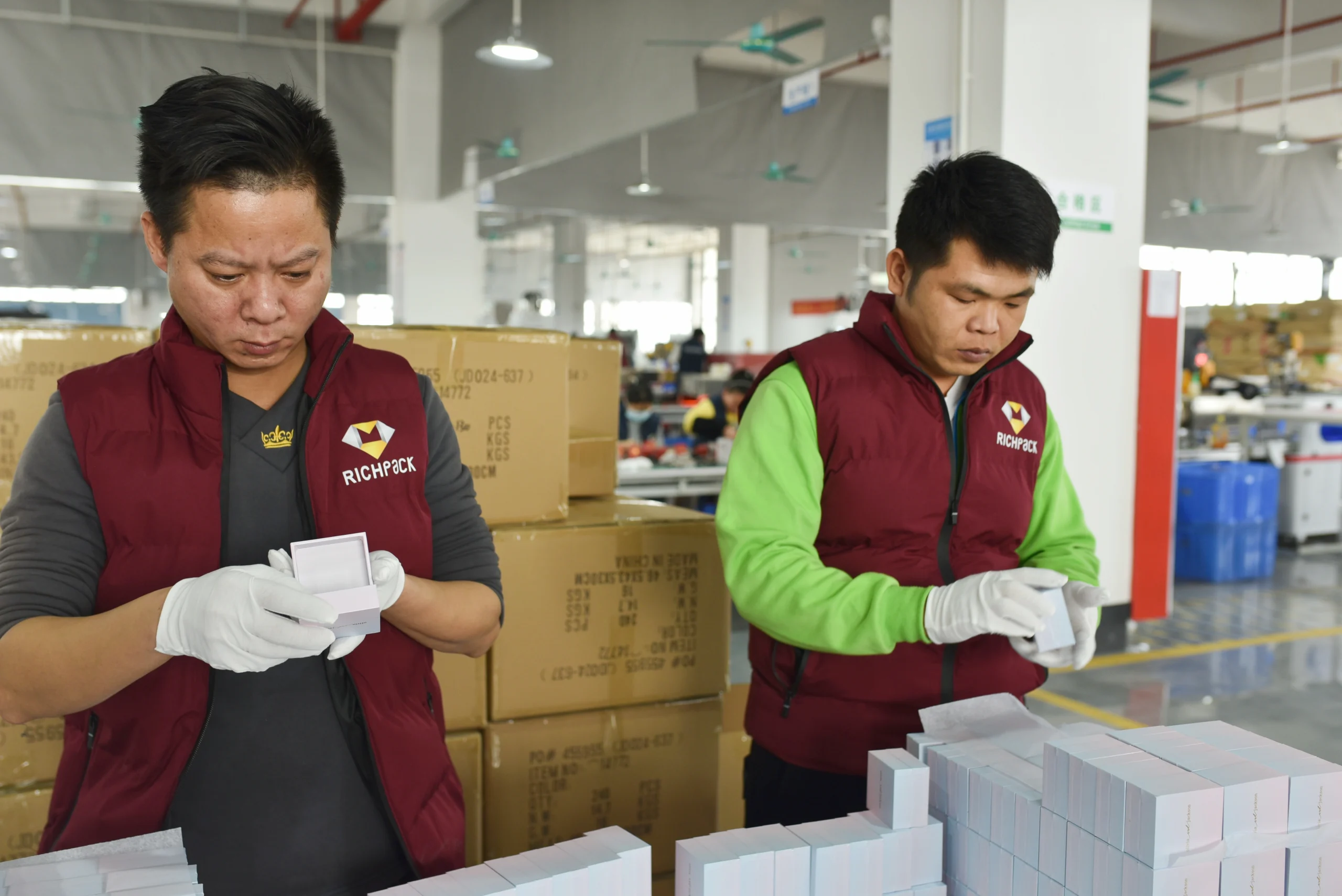 | Fragmented across multiple vendors | Centralized, consistent across all processes |
| Delivery Timeliness | 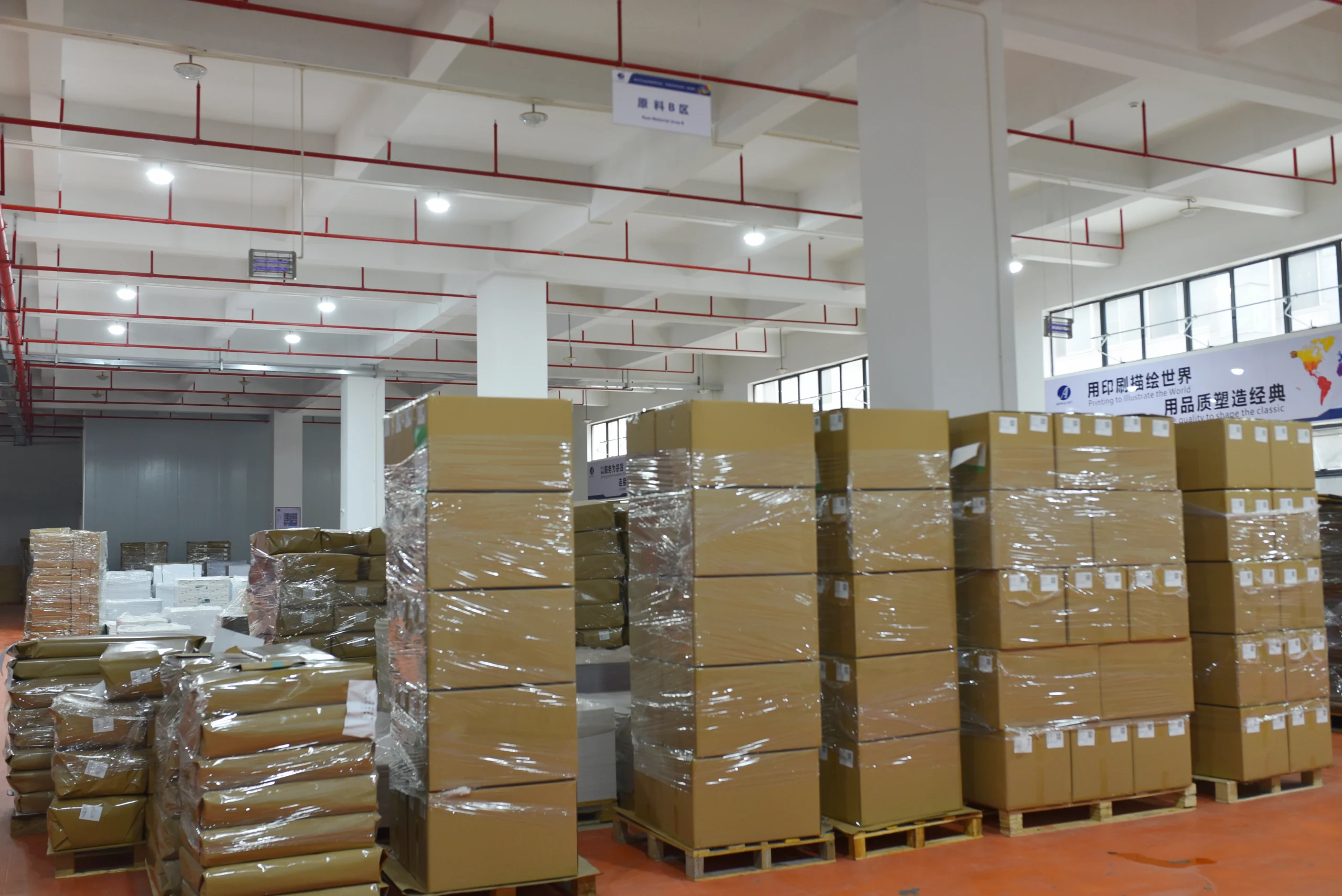 | Prone to delays from coordination issues | Optimized for on-time delivery through streamlined operations |
| Communication | 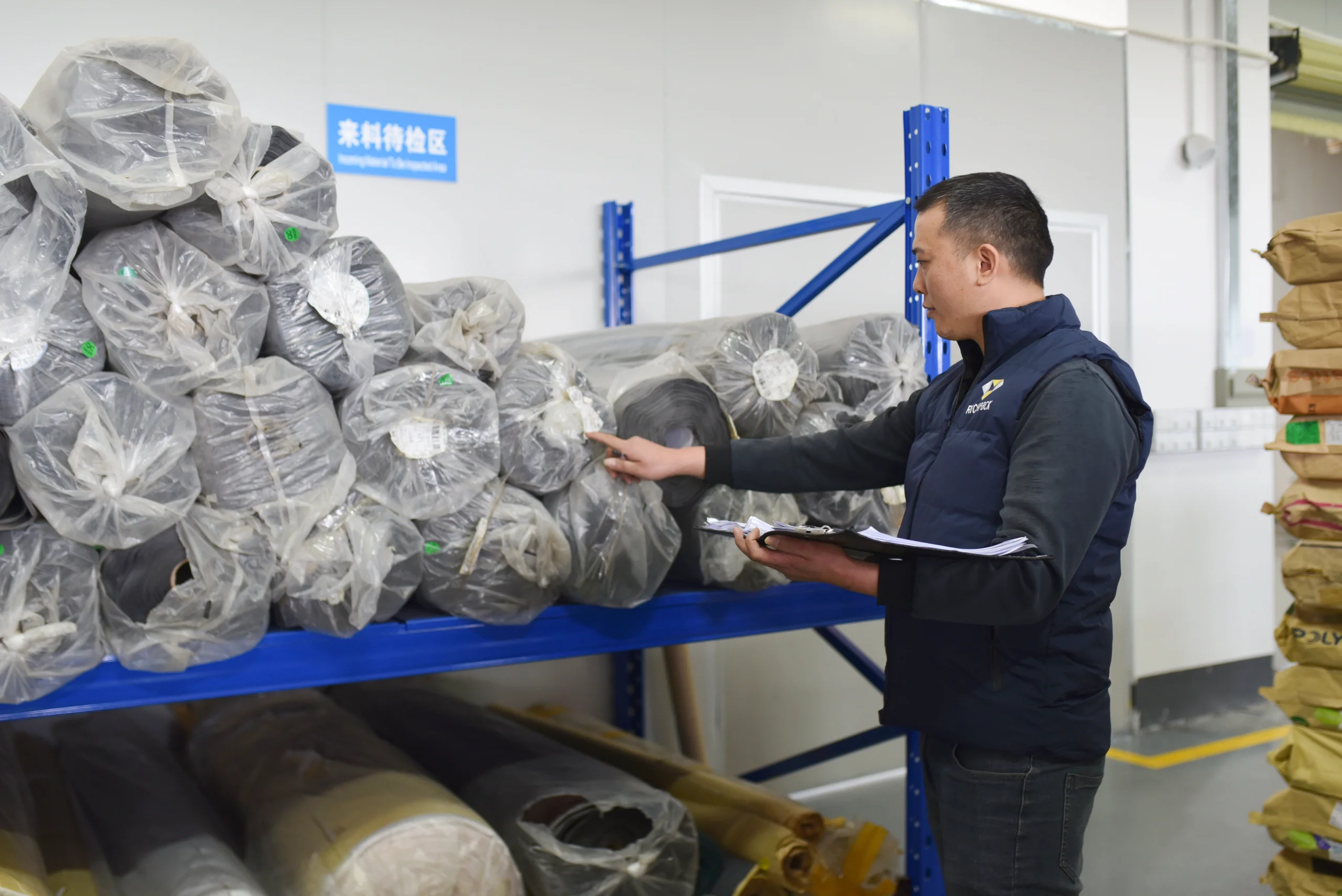 | Multiple touchpoints, slower responses | Single contact, faster issue resolution |
Global retailers like Marks & Spencer have transformed their supply chain strategies by embracing long-term partnerships with integrated suppliers. Instead of chasing cost savings from fragmented factories, they prioritize control, agility, and consistency. The result? An estimated 15% reduction in supply chain disruptions, improved product quality, and faster time-to-market.

The three-part framework—defining needs, choosing an integrated partner, and unifying processes—is the blueprint for success. A true strategic partner doesn’t just fit into this system; they are the system. They provide the expertise for risk assessment, they operate on the “one-stop-shop” model, and they have the internal processes to guarantee quality and delivery. Ultimately, selecting the right partner is the most efficient way to implement this entire framework.
Importing jewelry packaging needs a reliable supply chain for success. Knowing the key parts of a good supply chain helps businesses get their products on time and in top shape. This keeps them ahead in the market.
Importing packaging involves several important steps. You need to know what you want, manage risks, and pick the best partner. By thinking about these carefully, you can steer clear of problems and have a worry-free supply chain.

| Key Elements | Description | Benefits |
| Defining Needs | Clarify budget, materials, and quality requirements | Ensures accurate orders and reduces errors |
| Mitigating Risks | Identify potential pitfalls and develop contingency plans | Minimizes disruptions and ensures timely deliveries |
| Choosing the Right Partner | Select a reliable supplier or strategic partner | Ensures quality consistency and on-time delivery |
By following the framework of defining needs, mitigating risks, and choosing the right partner, you can steer clear of problems and build a truly worry-free supply chain.
Want to assess the health of your current supply chain? Download our ‘Supply Chain Risk Self-Checklist’ or schedule a free 30-minute expert consultation.

By following the step-by-step instructions, implementing the best practices, and avoiding common mistakes, you can increase your chances of a smooth entry into the US market.
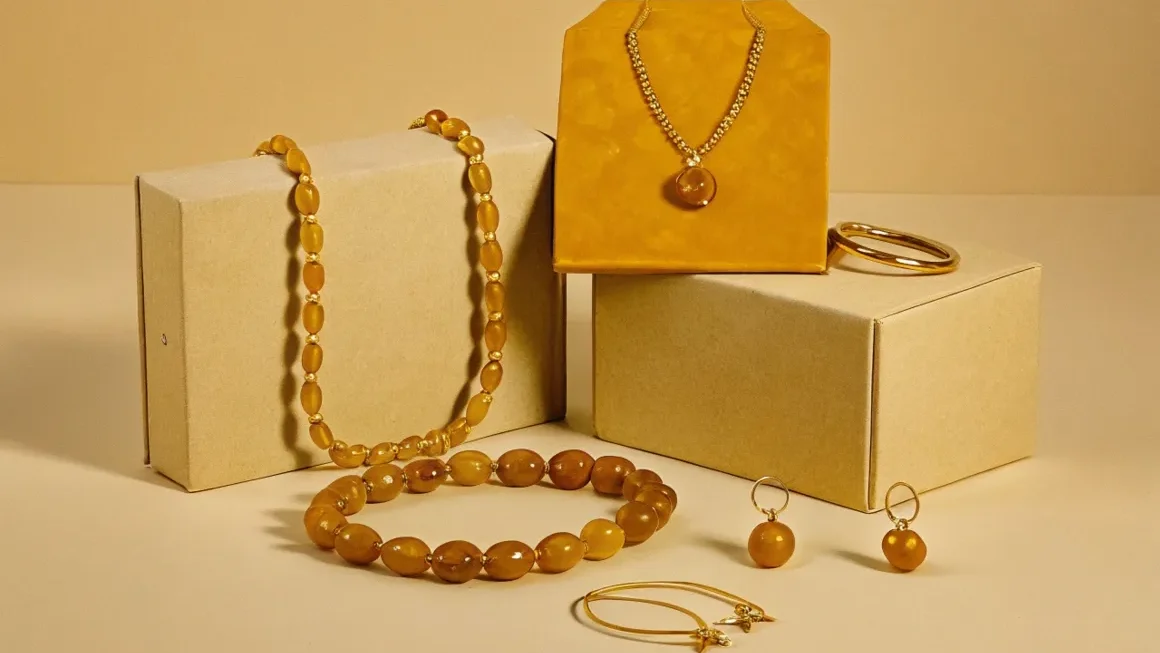
The Ultimate Guide to Jewelry Packaging Design Richpack · The Ultimate Guide to Jewelry Packaging Design Jade jewelry is widely favored by jewelry investors for its translucency, texture and charming colors. The jade jewelry market is expected to reach US$7.34 billion in 2032, and with it will come a huge demand for jade jewelry packaging. As a… Continue reading The Complete Framework for Profitably Importing Jewelry Packaging

Are businesses sacrificing quality for cost when they order gift boxes with lids in bulk? Or can they find a balance between the two? Getting jewelry packaging right is key in the jewelry world. It affects how products look and stay safe. Finding a supplier that offers quality gift boxes with lids without breaking the bank is tough.… Continue reading The Complete Framework for Profitably Importing Jewelry Packaging
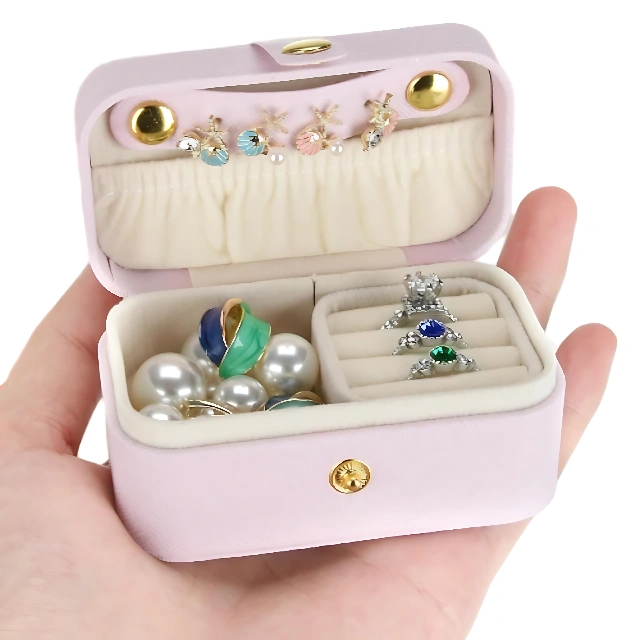
Charming and Practical Compact Travel Jewelry Case – Secure Your Jewelry on the Go

Custom Gift Boxes with Logo for Small Jewelry Shops | Personalized Packaging Solutions Tailored Designs for Branding

Richapck Affordable and Eco-Friendly Low-Cost Sustainable Jewelry Boxes for Wholesale Customers | Perfect for Large Volume Orders Focused on Green Initiatives
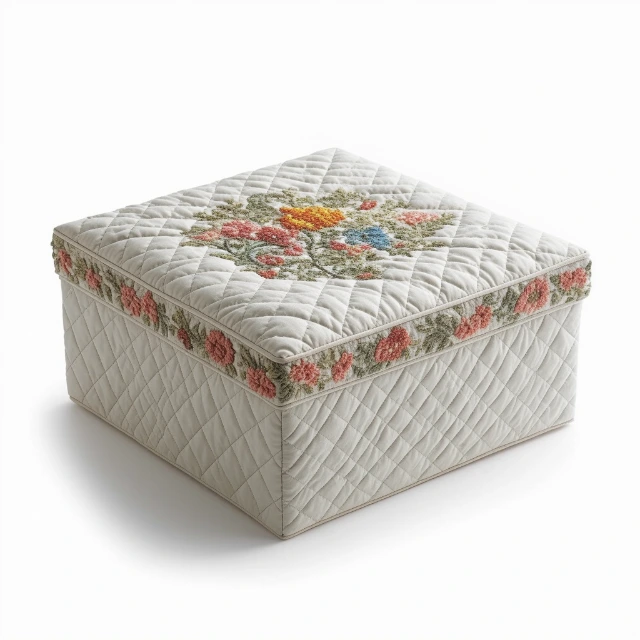
Artistic Embroidered Quilted Boxes | Embellished with Embroidery for Artistic Gift Packaging
View More
Bespoke Jewelry Boxes with Personalized Branding for Jewelry Labels | Tailored Packaging Solutions for Retailers
View More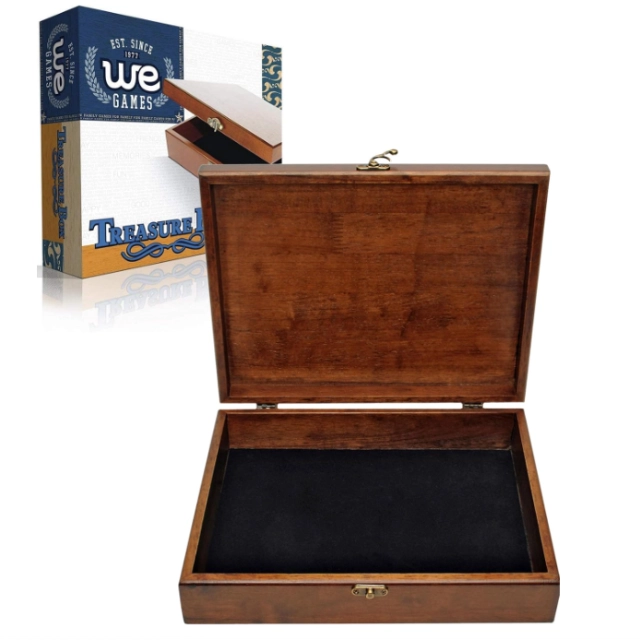
Charming Wooden Keepsake Box – Crafted with Care, Treasured Memories Holder
View MoreJust submit your email to get exclusive offers (reply within 12 hours)